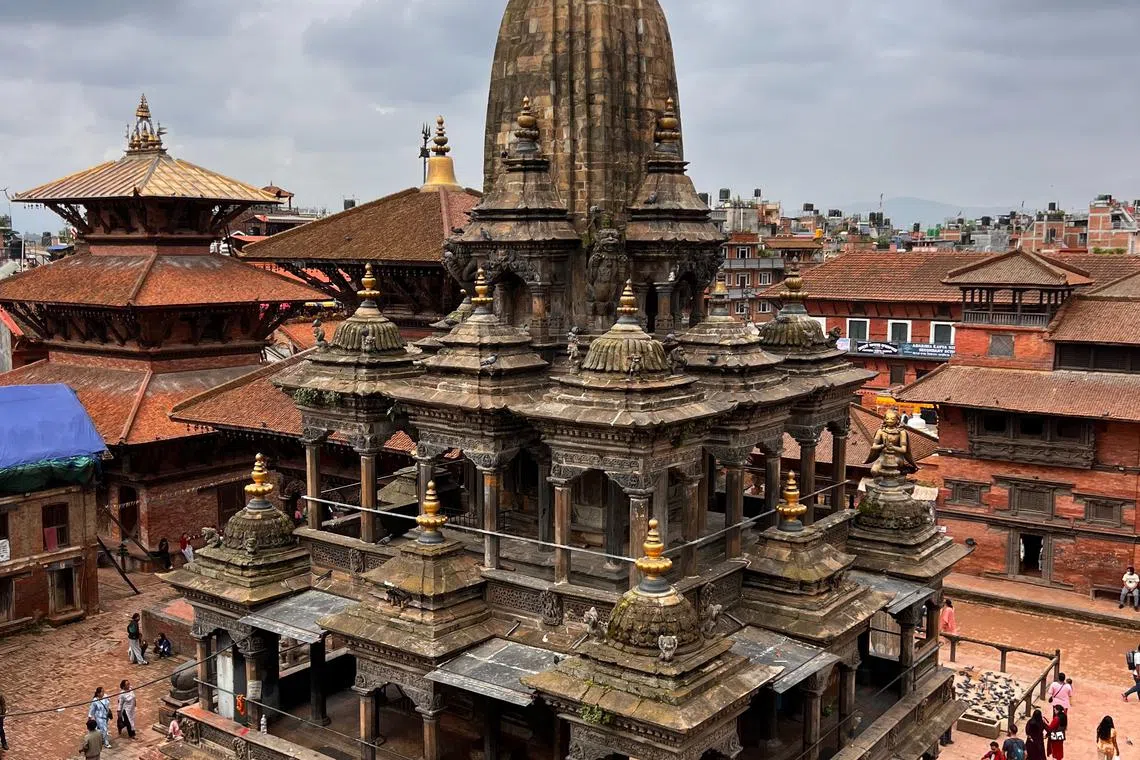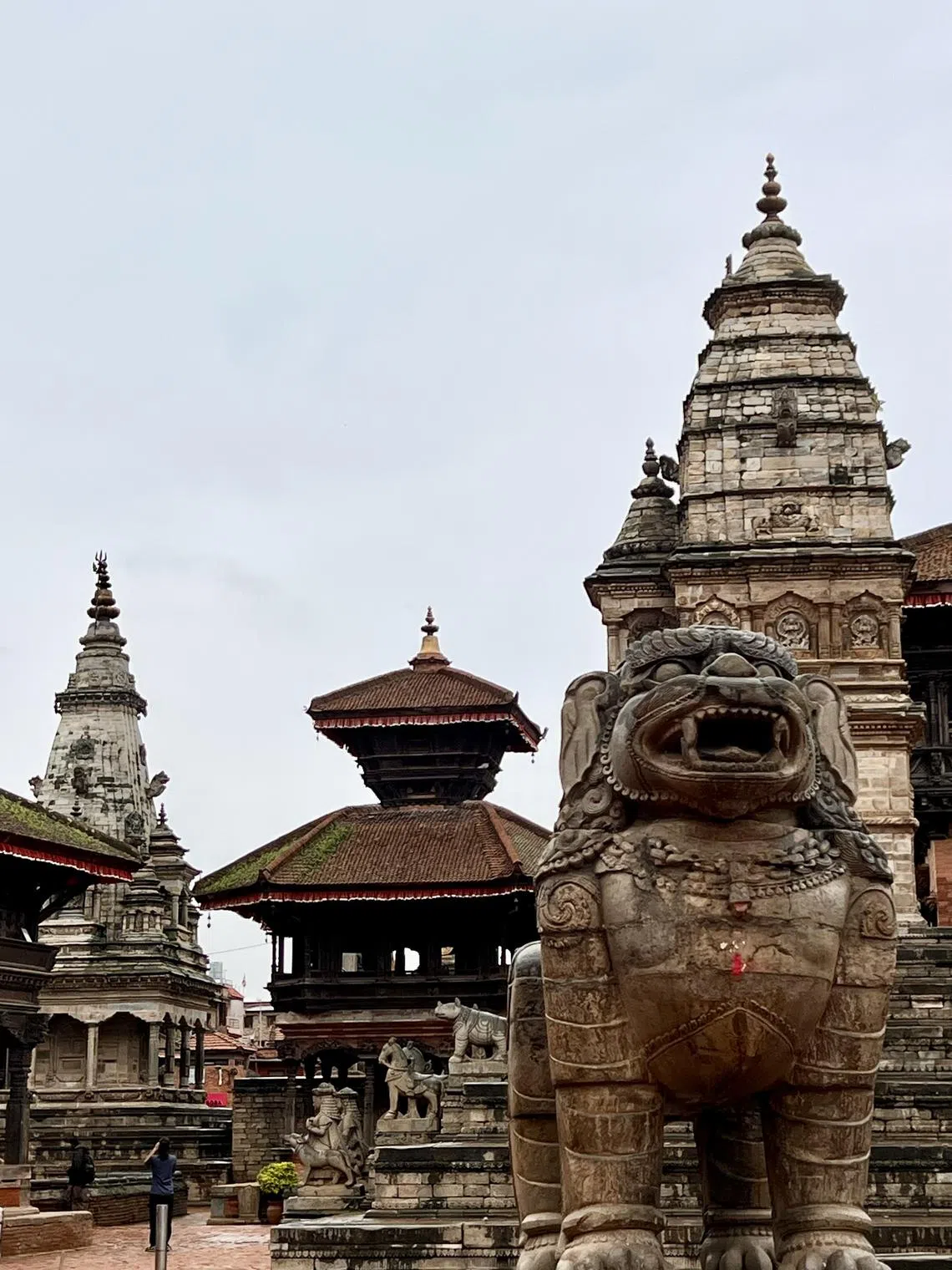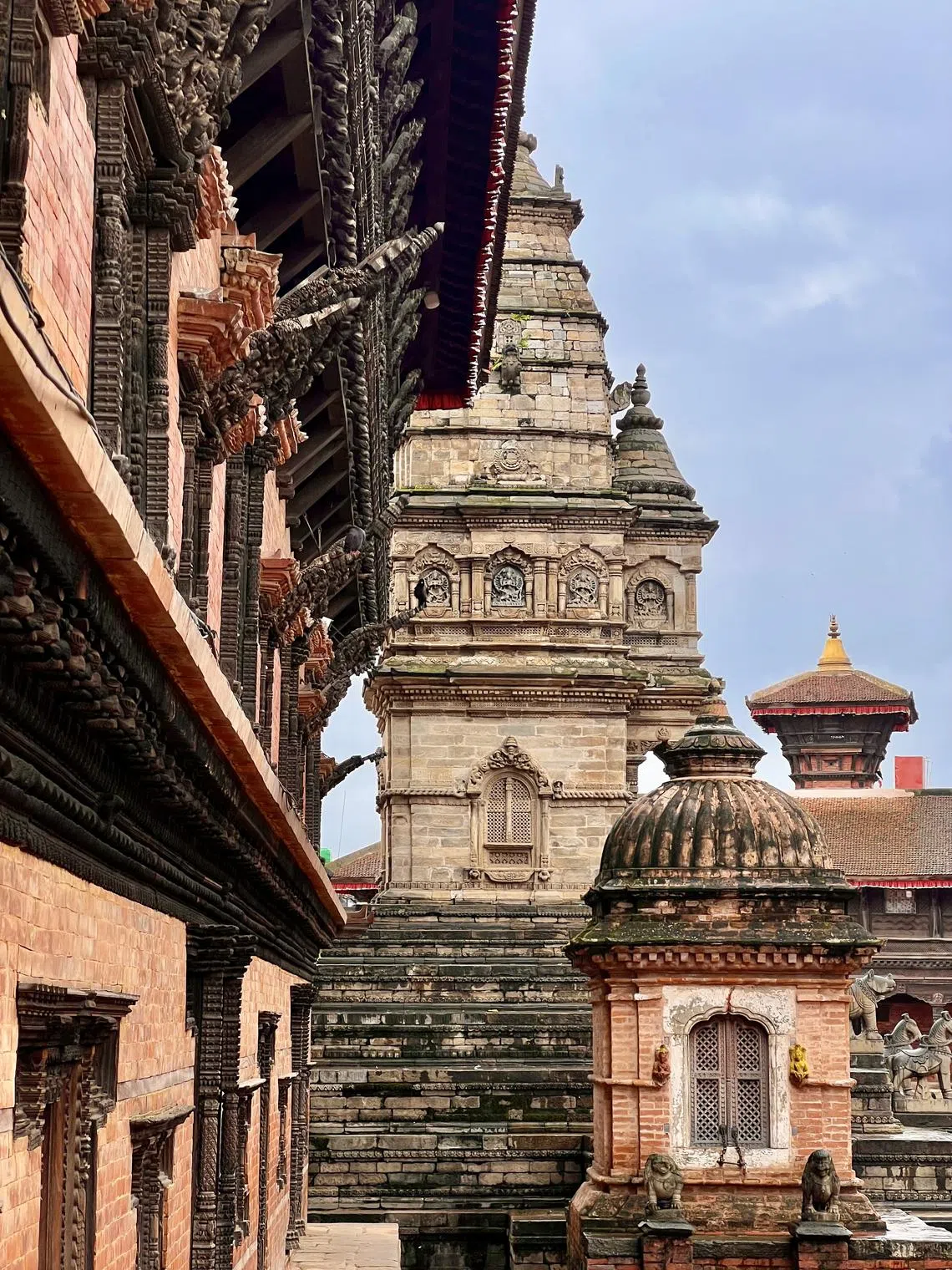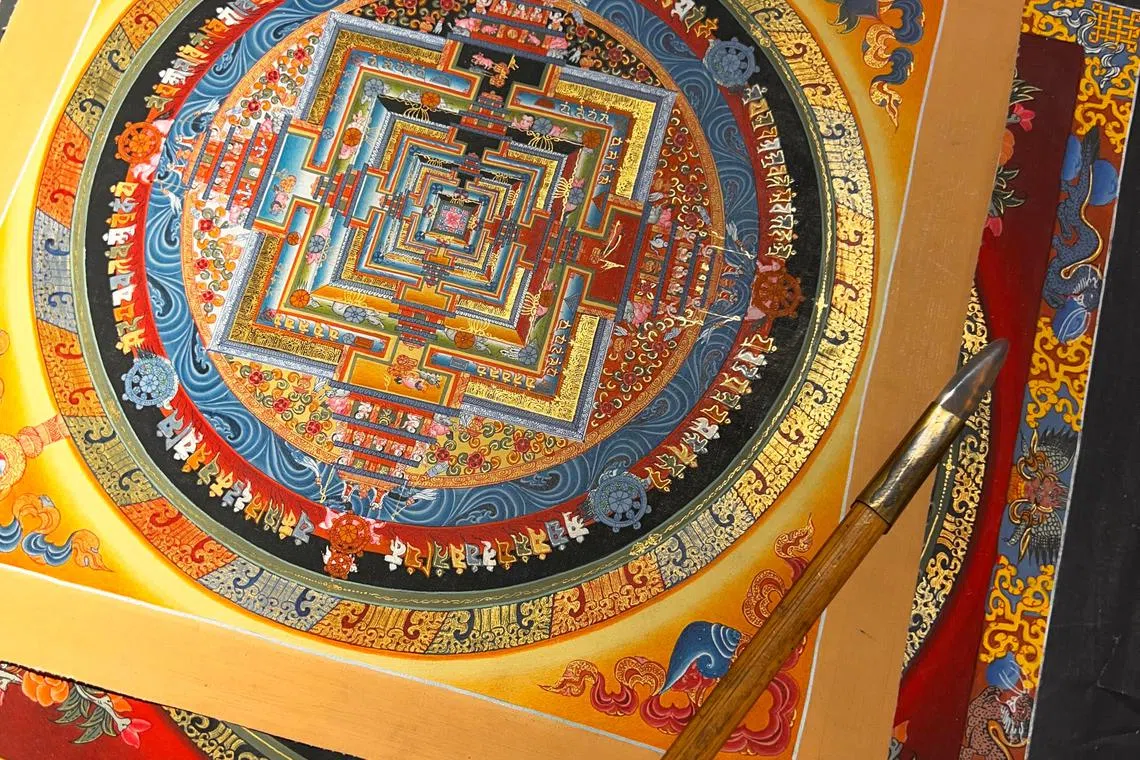Exploring the mandalas of Nepal
Tracing the history of the Kathmandu Valley through the circle, beyond the temples
WHILE visitors often travel to Nepal for its striking natural beauty, its rich history holds no less wonder, with a unique confluence of religious-cultural heritage intertwined with its political evolution, especially so in its heartland – the Kathmandu Valley.

Despite frequent earthquakes threatening their existence, this cultural legacy persists in the architecture of the Kathmandu Valley’s indigenous Newari people. It is exemplified in the magnificent Durbar (from the Persian word for “court”) Squares of the three medieval kingdoms of Bhaktapur, Lalitpur and Kantipur (modern-day Kathmandu). These royal complexes were the hallmarks of the Malla Dynasty, whose rule from the 12th to 18th centuries encouraged the blossoming of this unique heritage in the valley.

Their architectural elements extend from the intricately carved timber facades and red brick exteriors of its tiered pagoda temples, to the royal palaces with their distinctive Newar windows, and the hundreds of hitis (or intricately carved stone fountains) built as an early form of public utilities and ruling legitimacy.

To truly understand the evolution of the Durbars and their progenitor, the Malla Confederacy, one must first grasp the concept of the mandala, and its unique, overlapping political and religious significance.
The mandala, literally meaning “circle” in Sanskrit, has its roots in Hindu-Buddhist cosmology, with its geometric design encompassing concentric squares radiating outwards from its central point. This symmetrical design, incorporating multiple religious motifs, was commonly used to symbolise the interconnectedness and synergies of different bodies in the universe.

However, mandalas also bear significance as a political concept describing decentralised medieval polities in South and South-east Asia, with a fluid distribution of power, decentralised networks, and overlapping spheres of influence.
The mandala sums up the nature of the medieval Malla Confederacy in the Kathmandu Valley and its territories beyond. In the context of political entities such as the Nepal Mandala, these circles of influence were further shaped by geography, as well as the historical waxing and waning of political-economic power from its centre.
The mandala’s historical overtones resonate far beyond Nepal, echoing into the modern-day political landscape of South and South-east Asia, most noticeably in the recent Thai-Cambodia conflict. The flare-up in bilateral tensions over their disputed border mirrored the historical Khmer-Thai wars through the 13th to 16th centuries, and the fluid boundaries that characterised the overlapping edges of the Khmer and Thai kingdoms.
In Nepal however, the traditional, fluid mandala polity under Malla Dynasty rule eventually gave way to the expansionist Gorkha Kingdom to its west. This prefaced the rise of a unified, centralised Kingdom of Nepal under the Shah Dynasty from the mid-19th Century till 2008, with the abolishment of the monarchy and establishment of the present-day republic.
With the contours of its history shaped by religion and geography, no trip to Nepal would be complete without an exploration of the religious-cultural history of the Kathmandu Valley – its rich built heritage influenced by centuries of rule by the Malla Dynasty over the Nepal Mandala. The writer is a Singaporean with an enduring interest in peoples and cultures
Decoding Asia newsletter: your guide to navigating Asia in a new global order. Sign up here to get Decoding Asia newsletter. Delivered to your inbox. Free.
Share with us your feedback on BT's products and services
